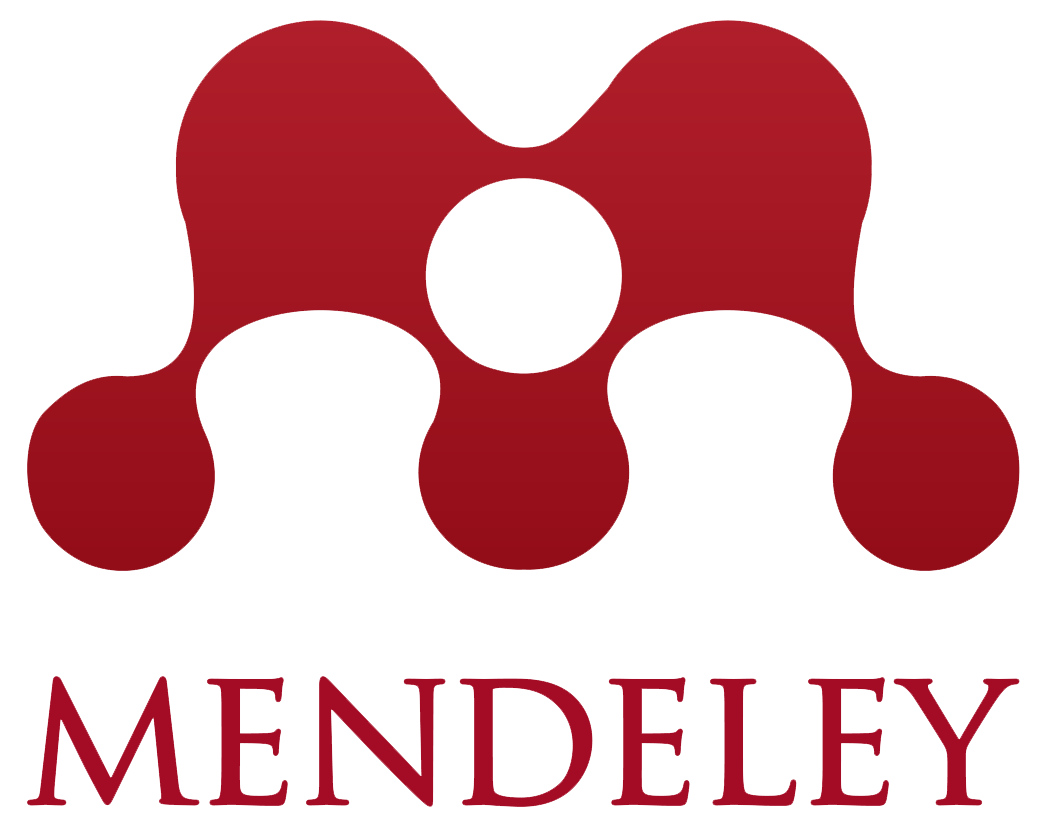An Elucidation on the Stakeholder Concept in Organizational Studies
Abstract
The aim of this manuscript is to shed light on the stakeholder concept. Particularly, it strives to define and classify the concept of stakeholders. This is done because many are still confused with this concept and misuse the term in various occasions. Without having this knowledge, organizational leaders may lead the disarray in meetings and planning. Consequentially, this lack of knowledge base of leader can drive toward the ineffectiveness. In this paper, the definition of stakeholder is also highlighted and explained through the words of experts in organizational studies. Examples are given to further concretize the meaning of stakeholder. Different typologies of stakeholders are discussed, together with roles and possible difficulties. It is anticipated that misperception regarding this topic will be reduced or better eliminated. Moreover, this article accentuates on the inevitable interaction between stakeholders and an organization, which determines an organization's sustainable and survival rates. It is emphasized that an organization will degrade in its posture and effectiveness if it runs on its own, without paying much attention to its stakeholders.
Keywords
Full Text:
PDFReferences
Ackermann, F. & Eden, C. (2011). Strategic management of stakeholders: theory and practice. Long Range Planning. 44, 179-196.
Chartered Institute of Purchasing and Supply. (2014). Internal, connected and external stakeholders. Chartered Institute of Purchasing and Supply Publication.
Chen, J., Dyball, M. C., & Harrison, G. (2020). Stakeholder salience and accountability mechanisms in not?for?profit service delivery organizations. Financial Accountability & Management, 36(1), 50-72.
Fassin, Y. (2008). The stakeholder model refined. Ghent: Ghent University
Ferrell, Fraedrich, and Ferrell (2015). Business ethics: Ethical decision making and cases (10th ed.) Boston: Cengage Learning
Freeman, R. E. (2010). Strategic management: A stakeholder approach. Cambridge University Press.
Goodijk, R. (2002). Partnership at corporate level: The meaning of the stakeholder model. Journal of Change Management, 3(3), 225-241.
Jensen, M. (2002). Value maximization, stakeholder theory, and the corporate objective function. Business Ethics Quarterly, 12(2): 235-256.
Kanwar, A., Kodhandaraman, B., & Umar, A. (2010). Toward sustainable open education resources: A perspective from the global south. The American Journal of Distance Education, 24(2), 65-80.
Lazonick, W. (1993). Business organization and the myth of the market economy. Cambridge University Press.
Maignan, I., Ferrell, O., and Ferrell F. (2005). A stakeholder model for implementing social responsibility in marketing. European Journal of Marketing. 39, 956977.
McGrath, S. K., & Whitty, S. J. (2017). Stakeholder defined. International Journal of Managing Projects in Business, 10(4), 721-748.
Oldroyd, D., & Miller, A. D. (2011). In defense of stewardship. The CPA Journal, 81(10), 6.
Organisation for Economic Co-operation and Development (2004). OECD principles of corporate governance. France: OECD Publications Service
Professional Academy. (2019). Stakeholder mapping. Professional Academy Publication.
Tulsian, P. C. (2002). Business organisation and management.
Pearson Education India.
Watson, T. (2004). Sociology, work and industry (4th ed.). New York: Routledge.
DOI: https://doi.org/10.30596/ijessr.v3i1.9260
Refbacks
- There are currently no refbacks.




.png)

